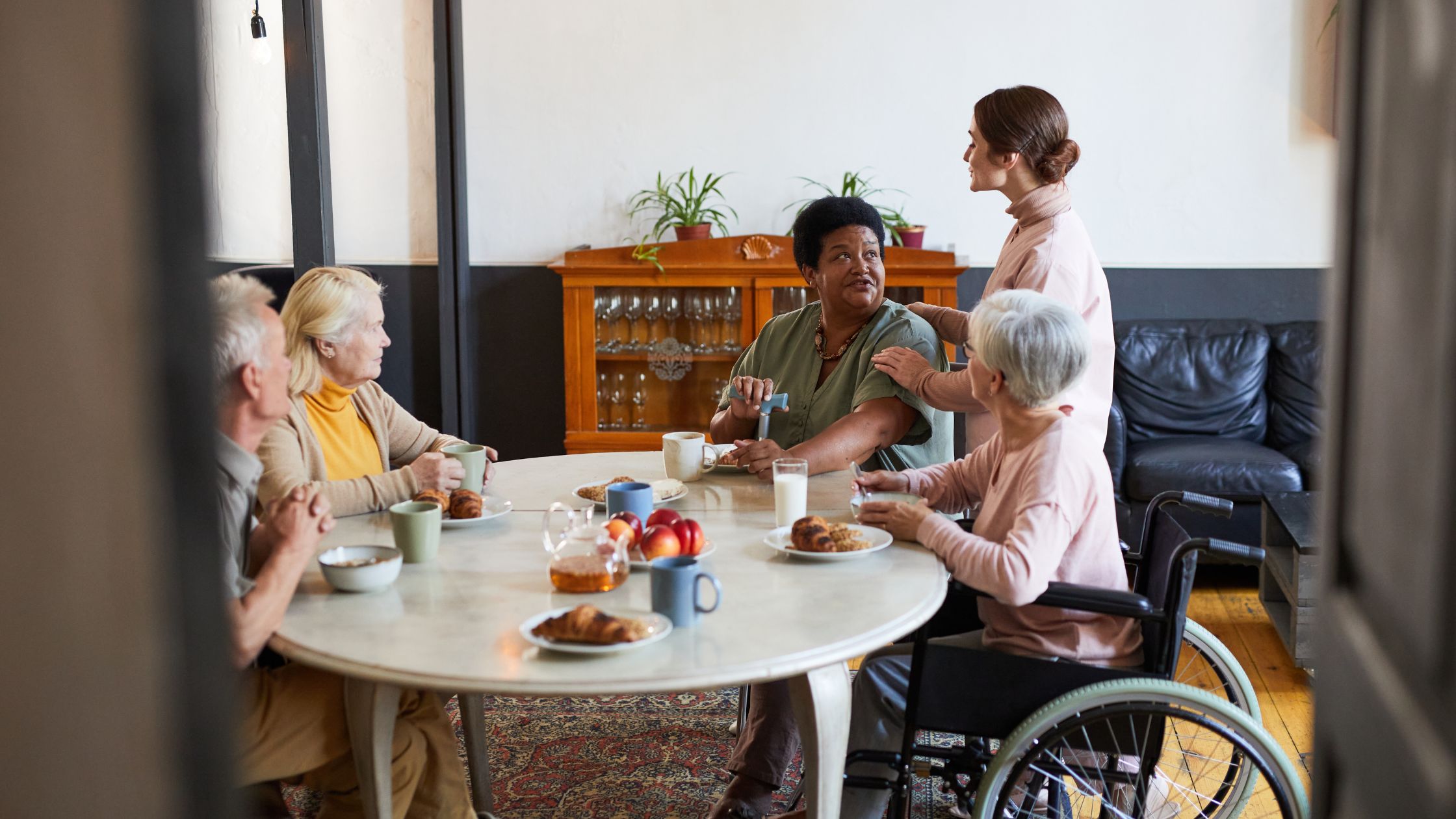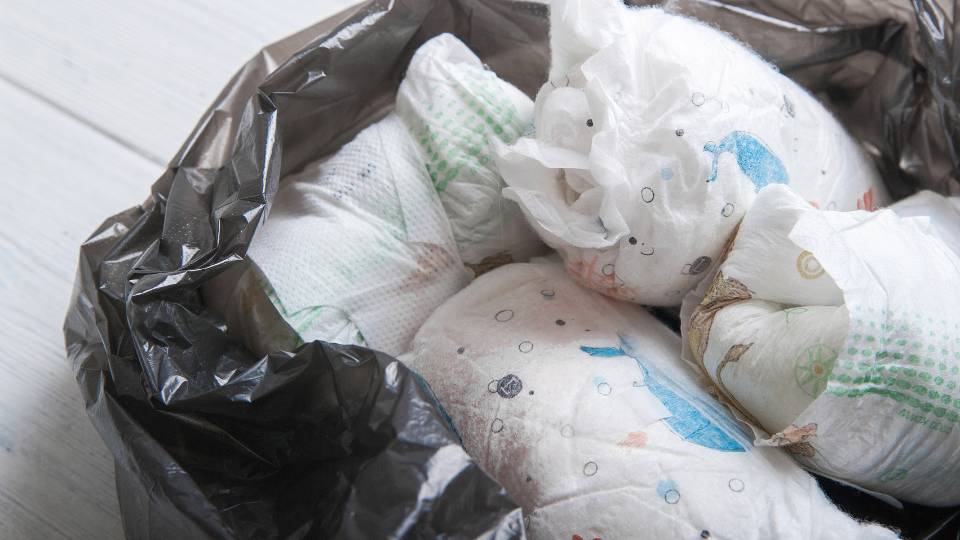
Managing hazardous waste in care homes is a critical task that ensures the safety of residents, staff, and the environment.
Hazardous waste in care homes can include items such as used syringes, medications, soiled dressings, and contaminated personal protective equipment (PPE).
Proper handling and disposal of these materials are essential to prevent health risks and environmental contamination.
Here’s a complete guide on how to handle hazardous waste in care homes effectively.
Table of Contents
- 1. Understand What Constitutes Hazardous Waste in Care Homes
- 2. Segregate Hazardous Waste Properly in Care Homes
- 3. Train Care Home Staff Regularly on Hazardous Waste Procedure
- 4. Use Appropriate PPE for Hazardous Waste in Care Homes
- 5. Follow Disposal Regulations for Hazardous Waste
- 6. Implement Safe Storage Practices in Your Care Home
- 7. Promote a Culture of Safety in Care Homes
- Conclusion

1. Understand What Constitutes Hazardous Waste in Care Homes
Before implementing any waste management procedures, it is crucial to identify what types of waste are considered hazardous.
In care homes, hazardous waste can include:
- Sharps: Needles, syringes, and other sharp objects.
- Medications: Expired or unused pharmaceuticals.
- Biological Waste: Soiled dressings, bandages, and other materials contaminated with blood or bodily fluids.
- Chemical Waste: Cleaning agents, disinfectants, and other chemical substances.
- Contaminated PPE: Gloves, masks, and gowns that have been in contact with infectious agents.
Did you know that sanitary waste is not the same as hazardous waste? Read more in our blog!

2. Segregate Hazardous Waste Properly in Care Homes
Proper segregation of hazardous waste is essential to ensure safe handling and disposal.
Care homes should implement a clear and systematic approach to waste segregation:
- Colour-Coded Bins: Use colour-coded bins to distinguish between different types of waste. For example, use yellow bins for clinical waste, blue bins for medications, and red bins for sharps.
- Labeling: Clearly label each bin with the type of waste it is intended for. This reduces the risk of cross-contamination and ensures that waste handlers know how to manage each type of waste correctly.

3. Train Care Home Staff Regularly on Hazardous Waste Procedure
Staff training is a critical component of effective hazardous waste management.
Care home staff should receive regular training on:
- Identifying Hazardous Waste: How to recognize different types of hazardous waste and the risks associated with each.
- Proper Handling Procedures: Safe handling practices, including the use of personal protective equipment (PPE) and hand hygiene.
- Emergency Response: Steps to take in case of spills, exposure, or other waste-related incidents.

4. Use Appropriate PPE for Hazardous Waste in Care Homes
Personal protective equipment is vital for the safety of staff handling hazardous waste. Depending on the type of waste, staff may need:
- Gloves: To protect hands from contamination.
- Masks: To prevent inhalation of harmful substances.
- Gowns and Aprons: To protect clothing and skin from exposure.
- Eye Protection: To shield eyes from splashes and airborne particles.

5. Follow Disposal Regulations for Hazardous Waste
Care homes must adhere to local and national regulations regarding hazardous waste disposal.
This includes:
- Contracting Licensed Waste Disposal Services: Ensure that waste is collected and disposed of by licensed and certified waste disposal companies (just like us!)
- Documentation: Keep accurate records of waste disposal, including the types and quantities of waste disposed of, and the disposal methods used.
- Audits and Inspections: Regularly audit waste management practices to ensure compliance with regulations and identify areas for improvement.

6. Implement Safe Storage Practices in Your Care Home
Hazardous waste should be stored safely before disposal to prevent accidents and contamination:
- Secure Containers: Use secure, leak-proof containers for storing hazardous waste.
- Designated Storage Areas: Allocate specific areas for storing hazardous waste, away from high-traffic areas and food preparation zones.
- Regular Collection: Arrange for regular collection of hazardous waste to prevent accumulation and minimise risks.

7. Promote a Culture of Safety in Care Homes
Creating a culture of safety within the care home is essential for effective hazardous waste management.
Encourage staff to:
- Report Incidents: Promptly report any spills, exposures, or other incidents involving hazardous waste.
- Follow Protocols: Adhere strictly to waste management protocols and guidelines.
- Participate in Training: Engage in ongoing training and stay informed about best practices in hazardous waste management.

Conclusion
Proper handling and disposal of hazardous waste in care homes are vital for protecting the health and safety of residents, staff, and the environment.
By understanding the types of hazardous waste, implementing robust waste segregation practices, providing regular staff training, using appropriate PPE, following disposal regulations, and promoting a culture of safety, care homes can effectively manage hazardous waste and reduce associated risks.
Ensuring these practices are consistently followed will create a safer, healthier environment for everyone involved.








